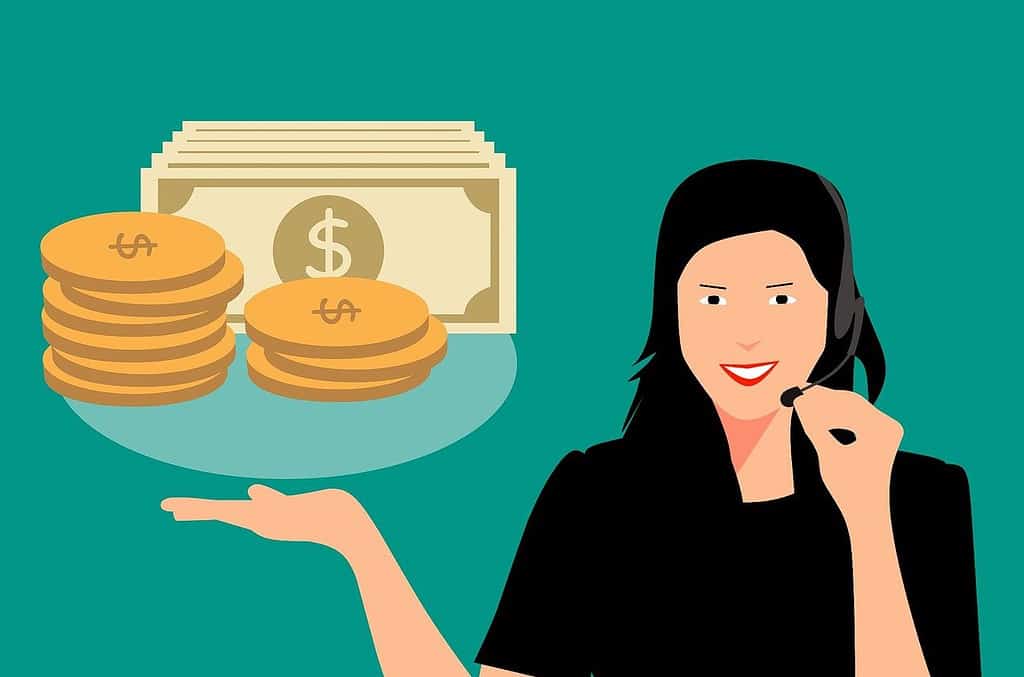- Tariffs and the uncertainty around President Trump’s policies still risked a combination of higher consumer prices and slower growth.
- On China, it is definitely less impactful stagflationarily than the path they were on. Yet it’s three to five times higher than what it was before,
- It is going to have a stagflationary impulse on the economy. It’s going to make growth slower and make prices rise.
- The way that we’re doing this is not free for the economy,
- Businesses he has spoken to want to make big investments and hire people, but the prospects that any of these negotiated tariff truces could lapse have made decisions like that much more difficult.
- US/China statements are coming with explicit recognition that this isn’t permanent and that it’s going to be revisited in the near future.
- Part of those announcements are explicitly putting off into the future major decisions, so that’s why it feels like there is in corporate America a lot of sitting on the hands. If they’re sitting on their hands, that backs into the wait-and-see posture of the Fed
- Fed could afford to take its time before making any policy decisions. The labor market is still in solid shape, and there are not yet acute signs of strain. But the risks to inflation are not negligible, and it is still possible that tariffs of the nature that Mr. Trump is willing to keep in place could lead to a much more persistent problem
- what would concern him was if either the labor market started to deteriorate notably or expectations about inflation over a longer time horizon started to rise significantly
- Stagflation is a very uncomfortable situation for a central bank
This article was written by Greg Michalowski at www.forexlive.com.

